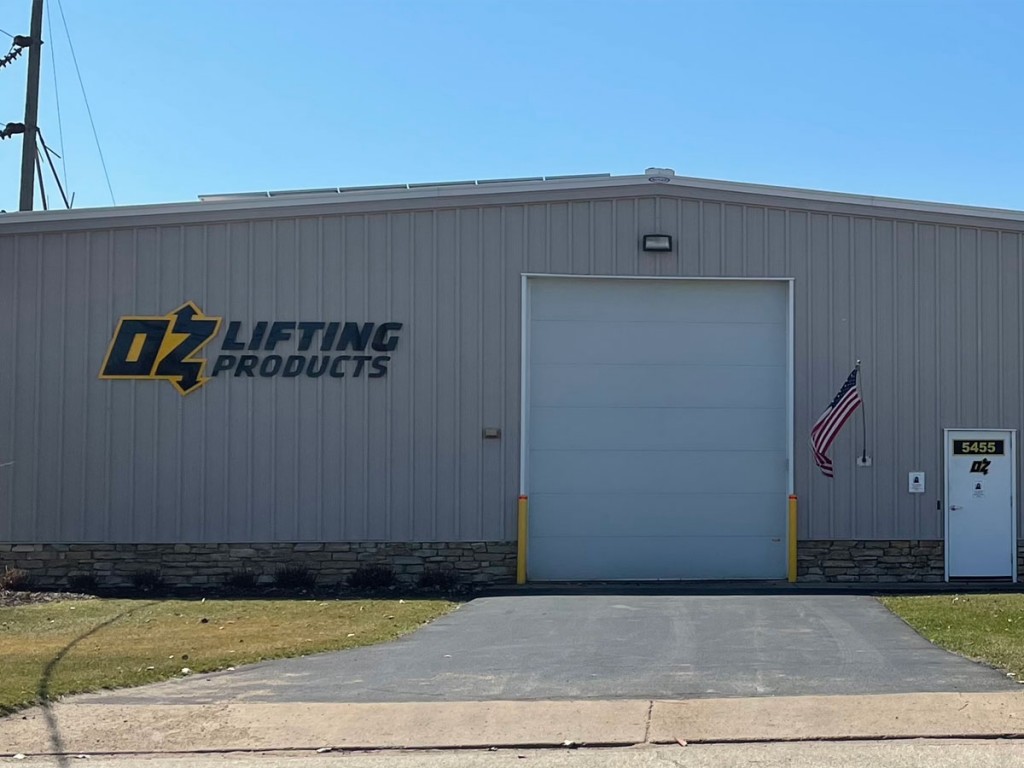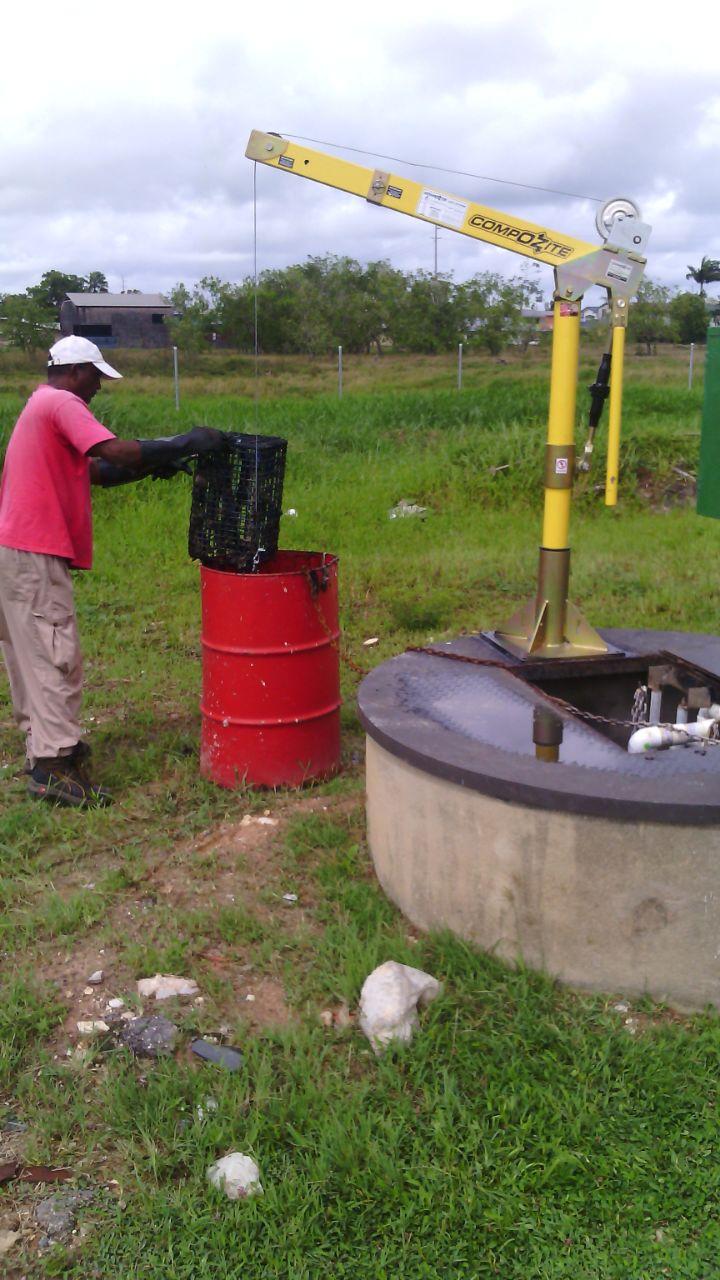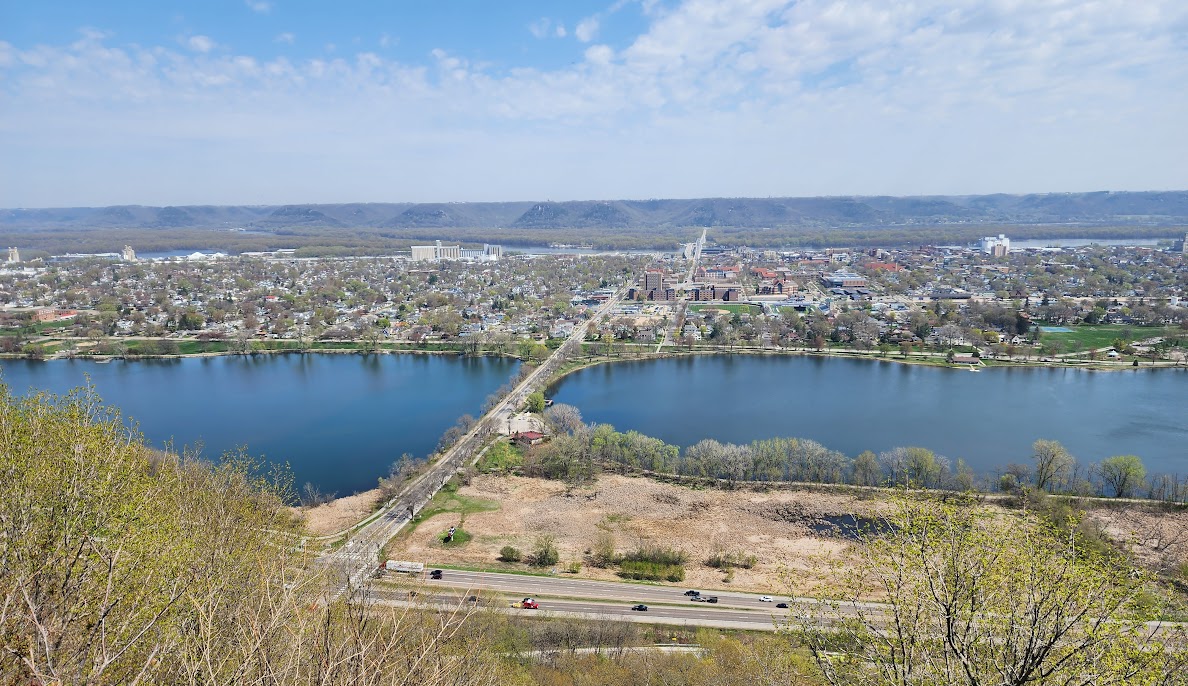
May-June 2018 | Wire Rope Exchange | by Mike Chalmers
Industry leaders in overload protection, Winona (MN)-based OZ Lifting Products LLC operates within a pretty basic philosophy: to help its customers move loads easily, safely, and securely.
But as you might have guessed, there’s a little more to it than that. Nearly 15 years in business says that the OZ mission goes well beyond the tag line, and in fact comprises a company completely committed to providing safe, high-quality, affordable industrial lifting equipment to its loyal customers–with an almost obsessive dedication to customer service and support.
OZ products serve the oil and gas industry, shipyards, mines, medical facilities, and many other industries— delivering safe lifting solutions to extremely hazardous and demanding lifting environments.
But such commitment and range would fall flat without the third component-one which distinguishes OZ even amid much larger competitors: quality control.
“It’s about oversight and testing–ensuring that we set the absolute bar in quality control compared to any of our competitors,” emphasized owner Steve Napieralski. “The OZ hoist is top of the line; each one is triple tested at the factory to fifty percent over the rated capacity. We have direct oversight at the factory on every aspect of manufacturing. We can also supply the mill certificates on the steel. We even provide the metallurgical makeup of our chain.”
And with every barrel of chain OZ brings in, they send a sample to a local load-testing company for a re-test. This attention to detail, combined with factory testing and oversight, ensures a verifiable top-quality product—a focus that permeates the full line, from hoists to cranes to clamps to trolleys to winches.
“We feel that with all of our oversight and in-house rigging and testing, we distinguish ourselves,” noted Napieralski. “It comes at a cost, but at the same time, it has created jobs here in the U.S.”

Genuine Interest
A 30-year veteran of the lifting and rigging business, Napieralski started the company in 2004, having worked for a manufacturer for a number of years before starting a rep business in 1995.
“I actually still have the rep business, but only handle a handful of lines,” he said. “I’s mainly the motivation behind starting OZ; I wanted something I could call my own.”
Napieralski used what he’d learned over the years, listened to his customers about their safety concerns, and noticed that no one was paying much attention to lever hoists and chain hoists with overload protection.
“Some companies had it but it didn’t work and it wasn’t repeatable,” he pointed out. “So, in 2002, I was introduced to a couple Australians that used to work for CM [Columbus McKinnon] way back in the day, and they had a lever hoist and a chain hoist that worked— had repeatability and the overload protection. They were looking for someone in the U.S. to kind of run with that product, and that’s really what planted the seed with me to move forward.”
And move forward he did. “I was looking at the marketplace and saw that no one was really addressing that, and then I had a window of opportunity at McMaster-Carr. They do line revisions basically once every four or five years, and they’d been doing a line revision on lever hoists. I had a great relationship with them already, and they became my first customer–gave me an order before I even had the company formed. Truthfully, the rest is history.”
Partnerships began stacking up for Napieralski-leading to the present, where, in addition to bigger companies, he enjoys a wide range of distribution among AWRF (Associated Wire Rope Manufacturers) members. “I started the business basically importing product, and I’ll continue to import, but now I’m shifting the focus of the company to start building and designing innovative products that I’m going to make here in the U.S.”
To that end, if it could be said that yet another column supports the OZ infrastructure, innovation would be its name. “I was the first one in the industry to come out with a product made of composite material for the lifting business,” he added. “I think there’s a need for lightweight material that is strong–which is totally in line with composites and carbon fiber. In fact, we’re already working on a next generation of cranes and material. The innovation component is really exciting to me, and it really gets the company inspired too.”
When Napieralski and his staff develop a new product, they sit down and think about how it might be installed, where the pinch points and problems are. “We’ll physically go and install it, so when we launch it, we can keep it very simple while focusing completely on the customer–because we understand their problems. We genuinely think about how our products are being used.”

A Win-Win
One OZ product that has made some serious noise in the micro-crane space is the CompOZite Davit Crane. OZ Engineering Manager Greg Lucas believes their customers ultimately drove the development of the product. “The initial inspiration came from Steve, who has an extensive background in davit cranes,” said Lucas. “He felt there was a need, and a market, to make davit cranes more portable and easier to use, from the perspective of the customer. So, what we did was set out to redesign, and in some ways, re-invent a davit crane from the customer’s perspective. In other words, build it the way the customer would if they had access to the resources we do.”
The team’s first concern, according to Lucas, was the overall weight of the product. “In our view current offerings in the market were too heavy and cumbersome to be considered portable and easy to use. We addressed the weight by using advanced composite materials in lieu of all-steel construction. Second, we wanted to make sure the crane could be assembled quickly and easily, by one user. This brought about what we internally call the ‘Smart-Latch’—an ingenious latching mechanism that functions as a quick-connect between the mast and boom, all with no moving parts.”
Once Lucas and the team had a lightweight structure with an easy-to-assemble mechanism, they did destructive testing, during which their composite materials exceeded their goals. After the final design, they applied for, and were granted, a U.S. patent for the CompOZite Davit Crane.
“Mostly, we developed everything in-house,” he explained. “We knew which materials we wanted to use and how we wanted to configure the crane. Once we had a design finalized, we sent out the raw material requirements to a couple of local companies for quoting, which led to a supplier on the East Coast with the exact resources we needed. Certainly, as we scaled up for production, we made slight changes to adhesive formulations, tolerances of components, etc. These process/product improvements were done with input from our suppliers to best utilize their strengths.”
As far as challenges went, Lucas admitted that one of the largest hurdles was basic user perception and uncertainty. “In an industry that has, for many years, been dominated by steel construction, launching the first composite-materials-based davit crane was met with skepticism,” he affirmed. “In almost every industry, materials science advances lead to new, higher-performance products. Tennis rackets, motorsports, boat racing, aircraft, etc. I imagine all these advances were met with skepticism at the time. But illustrating advances in material sciences in other industries, and letting the performance of our product speak for itself, has helped to demonstrate how our davit crane can be an improvement over traditional construction.”
Napieralski agrees. “It’s a paradigm shift for some people, because, especially with our composites, the natural material is steel. But this composite opens up a whole different spectrum and is finding its own little niche in various places, which has been fun.”
Lucas added, “We’re seeing quite a bit of traction in the building-maintenance sector as well as submersible pump market. Roof-top applications certainly benefit from a light-weight crane that can be moved from base to base and assembled by one person. And in the submersible pump market, we get positive feedback on the corrosion resistance of our composite materials. Ultimately, people get very excited about the weight reduction-there’s just a certain reluctance in believing that something so light can lift something so heavy. In this case, twelve-hundred pounds.”
None of the CompOZite Davit Crane’s success and/or capability surprises Napieralski. After all, it’s built using the same principles and philosophy upon which he built the company.
“At the end of the day, I keep the business as simple as possible,” he maintained. “I pride the company on doing right by the customer and creating a win-win. If there’s a way to make work safer, easier, more productive—we’re going to explore that and innovate. We maximize a can-do attitude. and that resonates with people. Our goal is to give folks a product that’s been one hundred percent tested and inspected, delivered on time, every time. We say what we do, and we do what we say.”